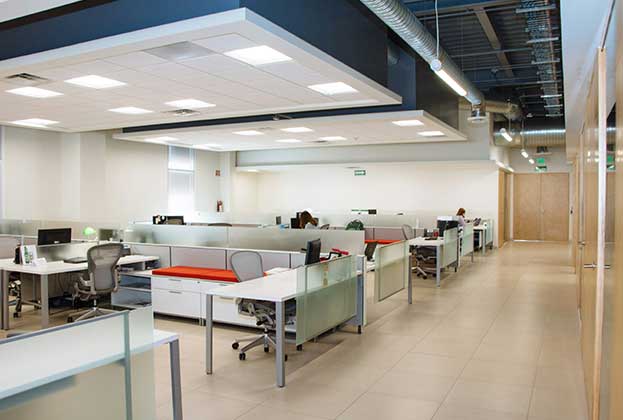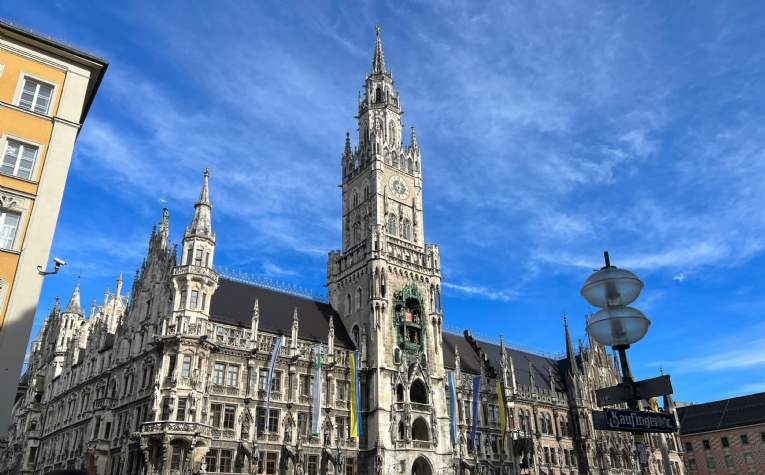The debate around London’s new runway has dominated transport news since the decision to expand Heathrow in October 2016. However, it has somewhat overshadowed the host of activity happening in the UK’s other airports. The key themes in the market over the last year have been the sales of a number of smaller airports and the growth of the battle to cater for the demand from London.
According to analysis by Airports Council International Europe, almost 53 per cent of the UK’s airports are fully private, with nearly all having at least some non-UK investors. The most notable recent deal in the sector was when London City Airport changed hands last year for a reported £2 billion. The airport was sold by Global Infrastructure partners to Ontario Teachers’ Pension Plan, which has owned Bristol Airport since September 2014. In 2016, London City Airport won planning permission to expand the infrastructure of the site and increase the annual movements from 70,000 to 111,000.
There has also been a flurry of smaller deals in the past couple of years with Norwich and Exeter airports being acquired by the Rigby Group in 2014 and 2013 respectively.
Smaller airfields outside London continue to be popular with investors and owners as they compete for the air traffic in and out of the city. Blackbushe in Hampshire was sold in May 2015 to Blink, an air taxi business. Another example is Stobart publishing plans for further growth at Southend Airport in Essex, and Biggin Hill Airport, just south of London, is planning to increase the provision of office and hangar space and add a business aircraft parking facility and hotel.
Recently, operators of smaller airports have been looking to increase hangar space at their airports as the tide turns towards providing passenger landing slots as opposed to the traditional focus on business jets. As a result, there is a drive to create smaller fields with the facilities and requirements to service passengers.
The provision of these services must be balanced against the capital spend needed to provide safe hangar space and sufficient parking. There is also the continued threat from closure due to the demand for housing, as redundant airfields often provide lots of brownfield space with good transport links. One example of this is the plan unveiled this year to turn the closed Plymouth Airport into a new 'garden suburb' to the south of the city.
This activity proves that small airports provide plenty of opportunity for investors and owners alike. The largest disruptor in the near future is likely to be surrounding the UK’s departure from the EU. However it is impossible to predict the impact this will have. No matter what happens, air travel will continue to remain popular with a wide range of travellers and demand for airport space will remain.
Further information
Read more: Savills Aspects of Trade 2017
.jpg)
.jpg)





.jpg)


